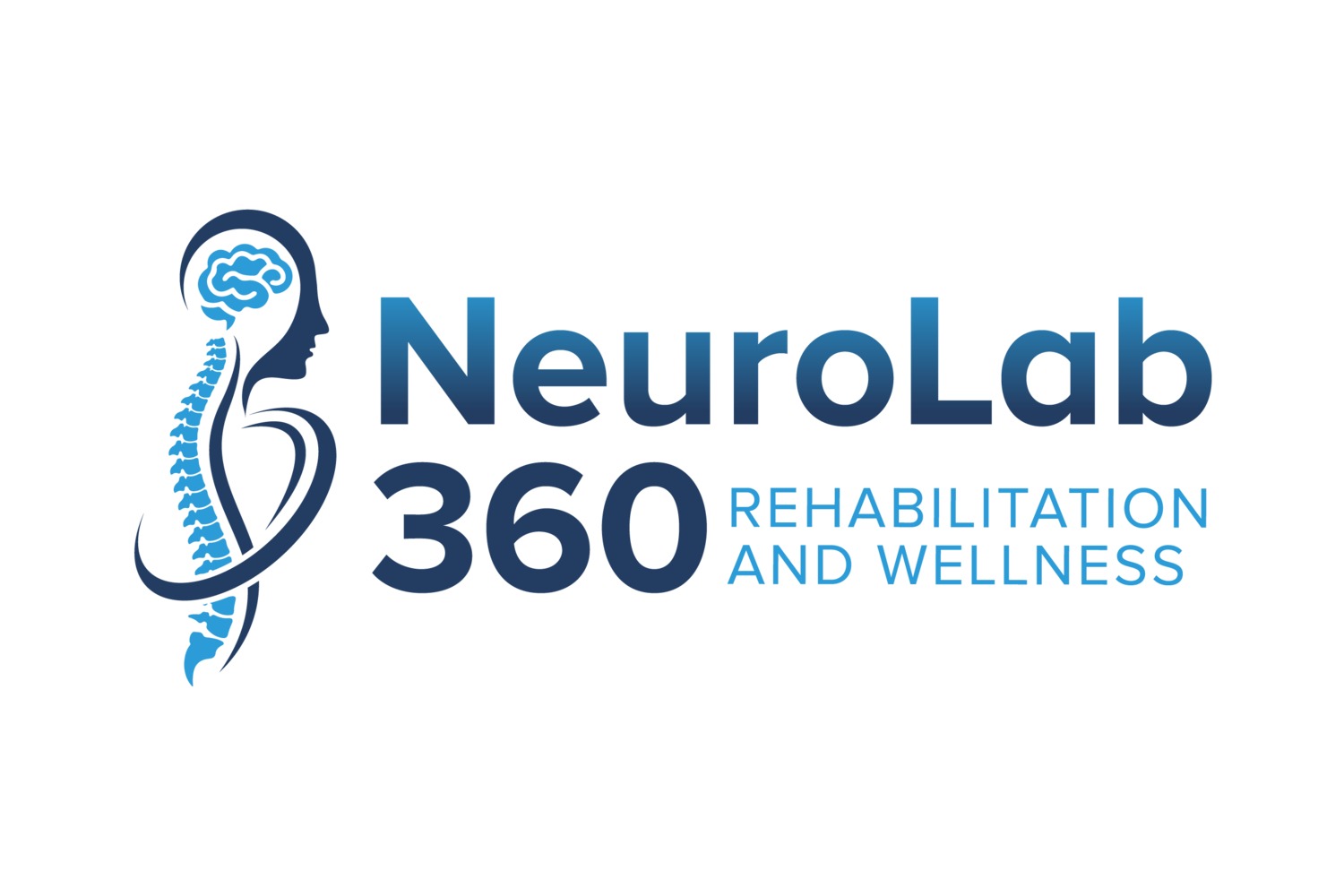Principles of Neuroplasticity: Repetition Matters
We’ve all heard the saying “practice makes perfect” but does that apply to rehabilitation after neurologic injury? We’re continuing on our neuroplasticity journey and in this weeks blog post we will discuss the fourth principle of neuroplasticity: repetition matters!
In our previous blogs we’ve discussed how learning a new skill, or skill acquisition, is important for promoting neuroplasticity. However, research suggested that skill acquisition alone is not enough to drive lasting neuroplastic changes in the brain. Repetition of a newly learned skill is required to cause lasting neural changes in the brain.
This has been demonstrated in multiple research studies. In one study, rats were trained to perform a skilled reaching task. The rats did not show any increases in synapse strength (connection between nerve cells in the brain) until after several days of training despite having quickly improved at performing the skill. It is thought that repetition is what helps drive neuroplasticity and prevents a decline in the ability to perform a new skill even if training does not continue.
In neurologic rehabilitation, repetition is needed in order to reach a level of improvement and brain reorganization that allows the individual to maintain and make further functional gains.
So how much repetition is enough? Animal studies in neuroplasticity have demonstrated that around 400-600 repetitions per day of a challenging functional task are required before the brain reorganizes. This means that if an individual is working on a functional task such as grasping, it will take 400-600 repetitions of grasping per day to help drive neuroplasticity and cause changes in the brain. Animal studies have also examined gait training and found that around 1000-2000 steps per session are needed to improve stepping and step quality.
This may sound like a lot of repetition to you. That’s because it really is! However, we can’t ignore the science and as neurologic physical therapists we need to help find a way to encourage high repetition and help drive neuroplasticity. One study in individuals with Traumatic Brain Injury found that on average, individuals performed around 40-60 repetitions of upper extremity work in a single session. This is far below the threshold required to drive neuroplasticity. This research has led to more of a “massed practice” treatment method in physical therapy sessions where there is little to no rest and high repetition in order to help drive neuroplasticity.
Another important factor is how much each individual practices at home! It is important to practice functional skills and perform a home exercise program regularly to help get the necessary repetition to make true changes in the brain and help maximize recovery.
Stay tuned for next weeks blog post where we will discuss the 5th principle of neuroplasticity: Intensity Matters!
References:
Chau C, Barbeau H, Rossignol S, 1998. Early locomotor training with clonidine in spinal cats. J. Neurophysiol 79(1): 392-409.
Kimberly, TJ et al, 2010. Comparison of amounts and types of practice during rehabiliation for traumatic brain injury and stroke. J Rehabil Res Dev 47(9): 851-862.
Kleim, JA &Jones TA, 2008. Principles of exercise-dependent neural plasticity: Implications for rehabilitation after brain damage. Journal of Speech and Hearing Research (51): 225-239.

